Using Kites to Teach Seasons, Weather and Other Targeted Science Skills

A Note on Outdoor Learning from Cook Hill Elementary School Teacher Jen Wilson
Nature complements the curriculum and connects children to abstract concepts. Nature encourages children to be more physically, mentally, and emotionally fit. I love taking my students outside and using the resources we have on our school grounds. I never get tired of it. Some days I feel exhausted with meetings, meetings, and more meetings. Going outside, reconnecting with nature, resets something inside of me. I feel peace, even if it is only ten minutes outside. I observe the same results in my students, particularly those experiencing anxious feelings; a sense of calmness fills my room upon returning to our classroom from time outside and those anxious feelings.
Introducing Weather with a Mentor Text
After reading Cloudy With a Chance of Meatballs, our mentor text for our outside learning, my class and I discussed what we know about weather, focusing on the season of spring. We first set out to explore the grounds looking for some very early signs of spring. My students noticed so many hidden things and eagerly recorded their observations in their outdoor journals.
Gathering Wind Facts and Building Kites
We started by examining a few kites I brought in for the day. They looked at how they were made using magnifying glasses and noted the different materials used. We also watched some videos on how to make kites for some ideas and support. The students used these experiences to brainstorm, draw, and design their own kites.


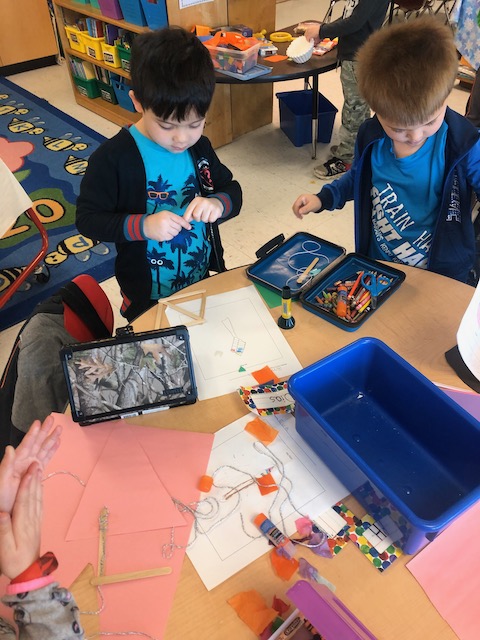

The Scientific Method in Action, Yielding Social-Emotional Learning Opportunities
Next, we went outside to test these prototypes. Some of the creations matched their plans while others did not. Squeals of laughter filled the air while they had so much fun! To say that all the kites flew through the air and everyone was successful would not be an accurate and true account. Two kites flew across the grass and away from the kids, and yes there were tears. I tried to run to rescue the kites, but the wind had other plans. One kite was too heavy and dropped straight down to the ground. We had a discussion about the fact that when setbacks occur, our job is to figure out ways to fix what happened and try to improve the design. We talked about the big word “perseverance.”

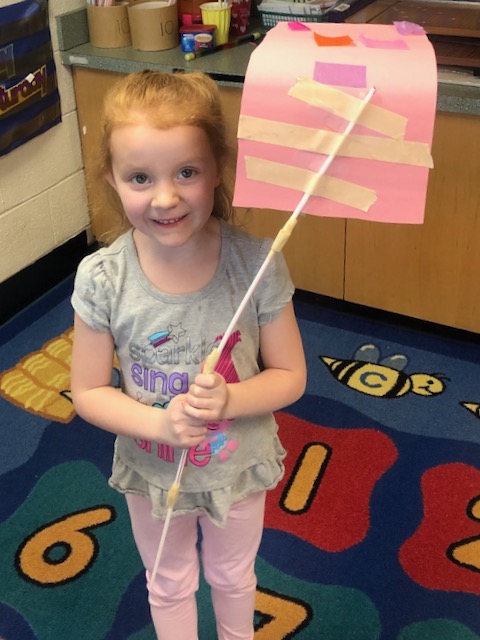
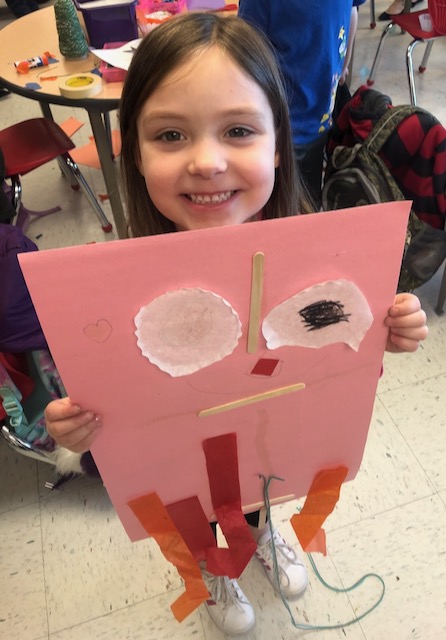
Working Through Anxiety and Frustration During Open-Ended Activities
Over the years, there have been so many times when I have noticed my students being anxious, from not understanding why their iPad didn’t work to figuring out a new concept in math. As I have incorporated more STEAM-based activities throughout the school year, I have observed that the open-endedness of these activities can stir up these anxious feelings in some children. Some students are worried that they aren’t building something correctly or struggle to get started with the project. With practice and a great deal of reassurance, the kids work through these feelings to gain satisfaction. Every year, I take these anxious feelings into consideration and try to provide a wide variety of tools and examples so the kids can feel proud while they are participating in a science lesson. I try to make it a teachable moment.
Tying it All Together with a Book and Disccussion
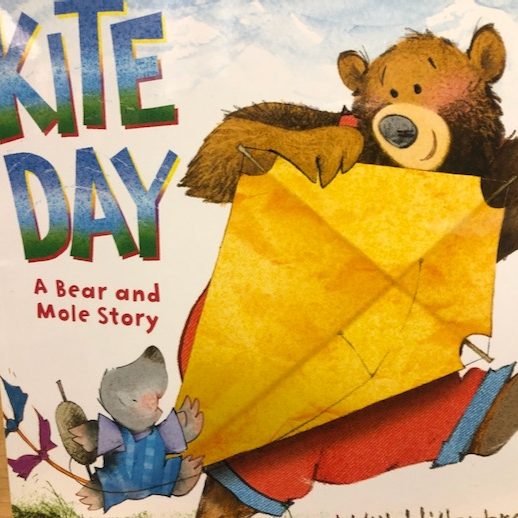
We ended our special day by reading Kite Day by Will Hillenbrand. In the story, the bear’s kite broke, flew away and got stuck in a tree. One of my students said, “Hey! That is what happened to my kite!” At the end of the story we saw that the broken kite ended up being a shelter for a nest of baby birds during a rainstorm. My class and I talked about how sometimes when something sad happens it can actually turn out to be a great learning experience. And that is exactly how I felt for some of my students after this day. Little did I know that the kite building activity would turn into an important life lesson for my students in addition to learning about the science concepts.
Jen Wilson is a Seedlings Alum and a teacher at Cook Hill Elementary School in Wallingford. She has been teaching kindergarten for more than two decades. Patient, caring, and creative, she is most passionate about extending her teaching outside the four walls of the classroom. She’s also a mother of two who loves running and spending time outdoors with her family, especially at the beach.
More from In My Classroom
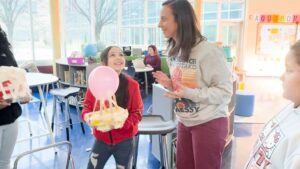
Watch Students Explore Gravity Concepts And Problem Solve through STEM
J.S. Martinez Magnet School’s STEM Resource Teacher Alyssa Granata-Basso welcomed Seedlings Educators Collaborative to observe students don their engineering hats in a hands-on problem-solving lesson exploring gravity. In teams, students designed, built, tested, and re-engineered a traveling vehicle to protect Alyssa’s friend “Eggbert” from the impact of landing.
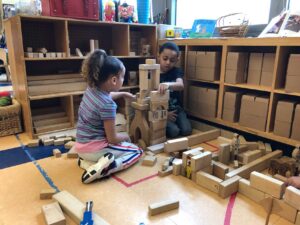
Reclaiming Kindergarten by Going Back to the Basics
As schools and districts place increasing emphasis on scores from high-stakes testing, teachers receive less autonomy in developing experiences and curriculum that engage students in meaningful learning. Over the course of one year, teachers revamped their kindergarten program, putting children’s development and interests in their rightful place as the centerpiece of curriculum by bringing play back into the classroom.
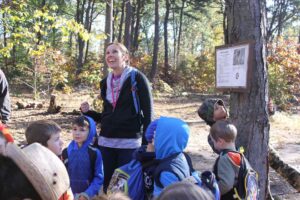
Jen Wilson’s Kindergartners Discover STEAM and Meaningful Connections in the Great Outdoors
Jen Wilson, kindergarten teacher at Cook Hill School in Wallingford, and the school librarian, Anna O’Brien, were awarded a grant from the Wallingford Education Foundation to develop a program they are calling KinderTinker. Jen and Anna are bringing the learning outside for extended free play and exploration, as well as structured STEAM-based activities that tie into the kindergarten science units.
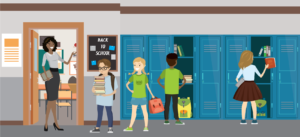
What should we expect from a 5th grader?
There are academic, behavioral and social-emotional benchmarks we expect of our general education students, no matter the year, but fifth grade, in particular, brings about new expectations as students move from lower elementary to more focused academic work, classroom transitions, and the need for organization and multitasking, among other important skills.

Animals in Winter: Student-Driven Learning to Explore Habitats
Jen Wilson’s kindergartners learn about shelter, safety, food (incorporating science, nature, math, engineering, literacy and art) through play- and project-based learning.

Hug a Tree: A Framework for STEAM Learning
Hug a Tree: A Theme for STEAM Learning Seedlings Facilitator Julie Peterman took her students out to look at trees for a meaningful learning experience. One warm late winter morning, Julie Peterman’s 3-year old class at Conte West Magnet School to were introduced to Nyree Hodges, an educator at Common Ground Urban Farm and Environmental
